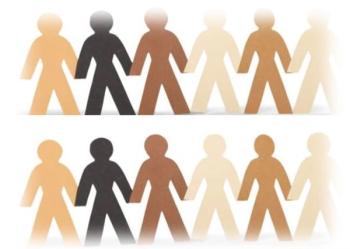
Improved Acute Ischemic Stroke Outcomes With tPA
An analysis of 1274 patients with acute ischemic stroke (AIS) admitted to a single Colorado medical center over a 2-year period found that application of any acute stroke treatment strategy improved the patients’ NIH Stroke Scale (NIHSS) score.
An analysis of 1274 patients with acute ischemic stroke (AIS) admitted to a single Colorado medical center over a 2-year period found that application of any acute stroke treatment strategy improved the patients’ NIH Stroke Scale (NIHSS) score.1 But patients with stroke of low or moderate severity who received no thrombolysis (NoTL) showed no improvement in NIHSS scores.
The NIHSS is used as a measure of the effectiveness of various types of acute stroke treatments. Comprehensive stroke centers use several different treatment strategies for patients with AIS, including intravenous tissue plasminogen activator (IVtPA), intra-arterial thrombolysis (IAT), IVtPA combined with IAT (IVIA), and NoTL. The value of IVtPA has been demonstrated in randomized clinical trials, but the value of IAT and of IVIA remains under study.
The data, presented by Don Smith, MD, with the Colorado Neurological Institute, suggest that there is a clear advantage in delivering tPA over no acute treatment in moderate to severe stroke cases. The analysis also indicates that combined IVIA treatment is superior to no treatment.
Data were obtained during a 28-month period, from February 2006 to December 2008, when 1274 AIS patients were admitted with an NIHSS score of 8 or higher. According to the NIHSS, a score of 8 represents moderate to severe AIS, on a scale of 0 (no stroke) to 21 to 42 (severe stroke).
The study analyzed only the 706 patients who had NIHSS recorded at both admission and discharge. All acute treatment strategies showed a greater improvement in NIHSS compared with NoTL. For the IVtPA and the IVIA groups, this difference was statistically significant (P < .05).
A comparison of baseline characteristics for these groups showed that IAT patients were younger and treatment for them was begun later than for patients in the other groups. All IAT patients were treated outside the 3-hour IVtPA window.
References:
Reference
1. Smith DB, Fanale CV. Changes in NIH Stroke Scale with IV, IA, and combined thrombolysis for acute ischemic stroke [P06.030]. Poster Session VI: Interventional Neurology II, April 30, 2009.
Newsletter
Enhance your clinical practice with the Patient Care newsletter, offering the latest evidence-based guidelines, diagnostic insights, and treatment strategies for primary care physicians.






























































































































































































































































































































